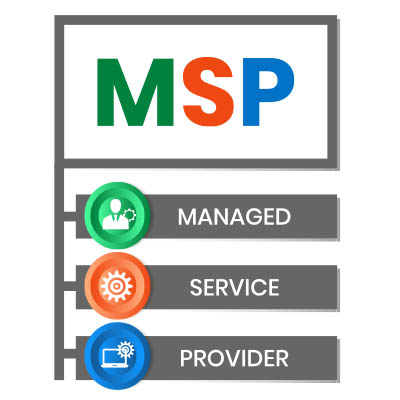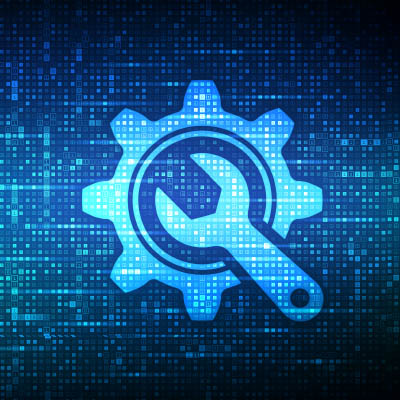Businesses used to think that it was worth waiting around for technology solutions to break before servicing them. In fact, it was such a commonplace practice that it’s still prevalent (although to a significantly reduced degree) today. We want to look into why it just makes sense to leave the old break-fix IT model behind in favor of a more proactive approach.
Artificial intelligence is becoming ubiquitous in the business technology sector and for good reason. It’s allowing small and medium-sized businesses to do more and compete with businesses that were previously just ahead of them. Today, we want to go over some (reasonably) easy ways you can use AI in your IT operations to make your business more efficient.
If you’re a smart manager, you’re always looking for ways to optimize spending and enhance your organization’s ability to be efficient. Voice over Internet Protocol (VoIP) isn’t just a trendy tech term; it’s a strategic financial move that can significantly impact your bottom line. Today, we get into how VoIP translates to real cost savings.
While you want to believe the best of your business, including your IT staff, it’s important to recognize when they’ve reached their limit regarding knowledge and workload. To combat these limitations, you can work with an outsourced IT provider. Combining the two can help you meet your business’ technology needs.
Businesses rely on a ton of technology for their operations and, as such, rely on support to help keep these tools working effectively. We would know! We proudly provide our neighbors with the technical assistance they need to succeed. As we’ve done so, we’ve noticed that there are some support needs we frequently attend to. Let’s review some of them and why they are so vital for you to have assistance in managing, preferably, from us!
Smart speakers have been around for a while now, but let’s be real… have they actually changed the world? Not really. They’re great for blasting music, setting reminders, and answering random trivia questions, but beyond that? Meh.
We all have old friends; not the ones that you went to high school with, but oldish technology that we simply can’t bring ourselves to upgrade away from. At some point, however, old technology stops being a trusty sidekick and starts feeling like an anchor. If your devices are making life harder instead of easier, it might be time to say goodbye. Here’s how to know when it’s time to let go and upgrade.
Skype is dead; long live Microsoft Teams. At least, that’s the position that Microsoft has taken. The software company is discontinuing the two-decade-old communication application Skype, shifting focus to the more recent Teams platform, with the app’s last day being scheduled for May 5. Let’s review what this means and reflect on Skype’s impact on modern technology.
Business is filled with situations that can easily be turned into problems if they are not met with a proper solution. In some cases, it’s as simple as changing a course of action, but some problems are deep-rooted and need to be addressed aggressively. Technology can often be a business’ saving grace in such instances. Let’s review some really bad scenarios that could be catastrophic, unless the right IT is in place.
Much has been made about artificial intelligence and the quickening pace in which it is being used in all walks of life, but especially business. AI is shaping the world around us, many people don’t really understand how it works or how to use it effectively. That’s where AI literacy comes in. In today’s blog, we’ll define AI literacy and how it will affect your organization in the near future.











